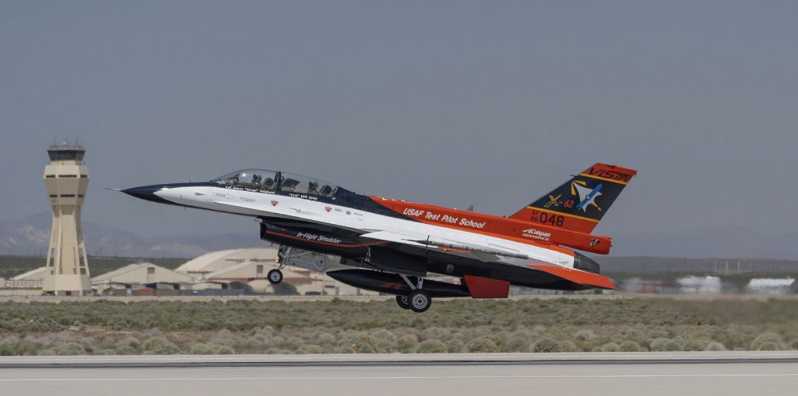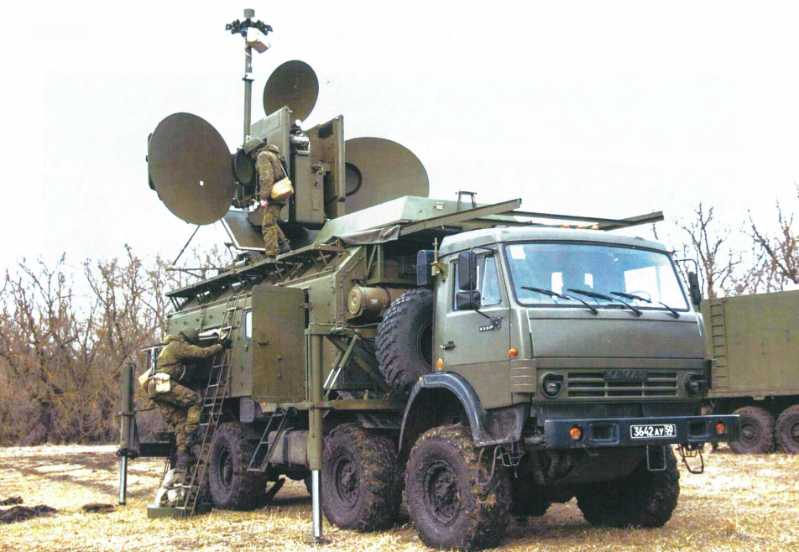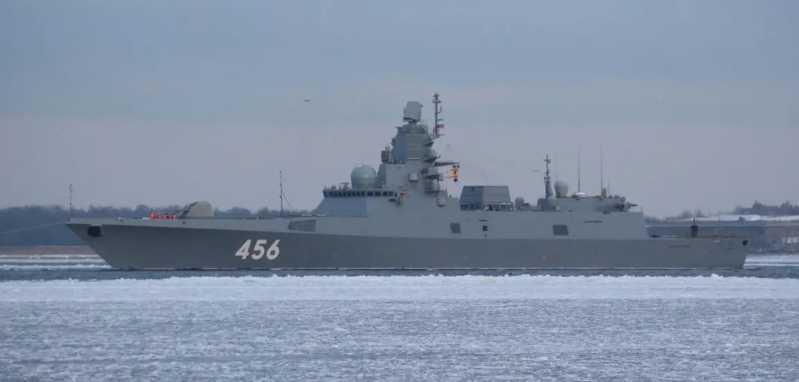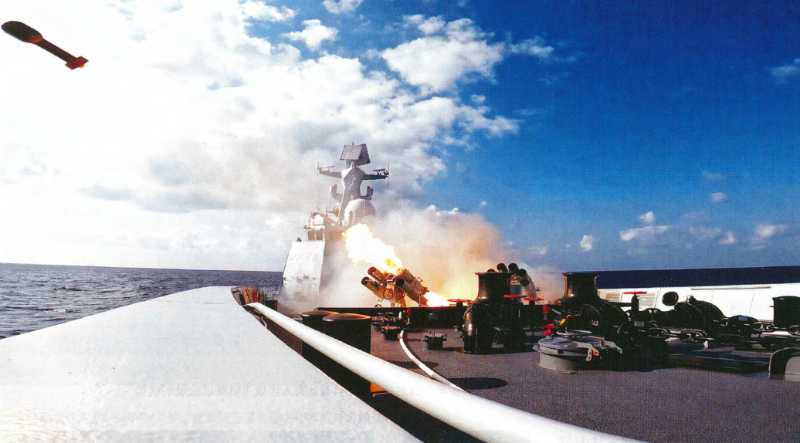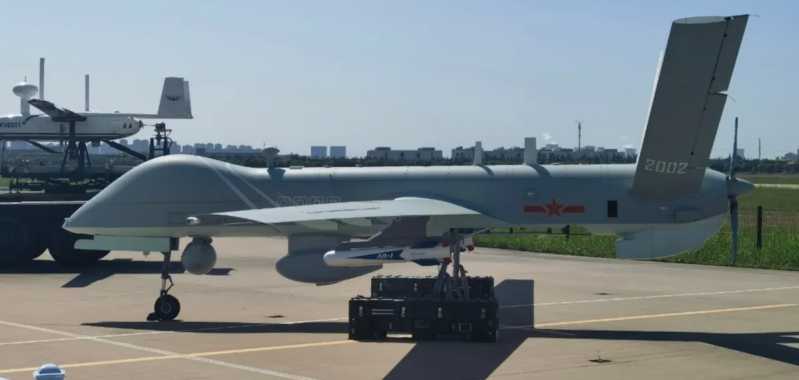According to foreign media reports on January 27, the U.S. Air Force has selected five companies, including Boeing, Lockheed Martin, Northrop Grumman, General Atomics and Anduril, to participate in the Cooperative Combat Aircraft (CCA) project. The first batch of aircraft will begin service before 2030, which will be earlier than the sixth-generation aircraft (NGAD). Considering that the B-21 strategic bomber, which made its first flight in November last year, has begun low-speed mass production, it is clear that the U.S. Air Force has a complex and urgent mood for air force transformation-the fourth-generation aircraft is too old, the fifth-generation aircraft is too few, and the sixth-generation aircraft will take too long to wait, and only compete for CCA!
Building the future air combat ecology
After World War II, from the first-generation F-86 fighter to the fifth-generation F-22 fighter, as well as all attack aircraft and bombers, the fighters developed and equipped by the U.S. Air Force are almost all based on the Soviet Union’s similar models of the same period as the imaginary enemy. During the 40 years of the US-Soviet rivalry, there were many projects that had high technical standards and huge costs, but were eventually terminated or only purchased in small quantities, such as the XB-70 Valkyrie strategic bomber, F-108 and YF-12 interceptors. The F-35 is the first major project that does not take the Soviet Union as its imaginary enemy. The United States originally planned to build a multi-purpose fifth-generation aircraft with a cost close to that of a fourth-generation aircraft and that could replace most fighter jets of the three services, but in the end it was burdened by technical problems and high costs, and the reality was far from the original design goals.
The many problems exposed in the F-35 project were largely caused by the "lost" due to the lack of goals, that is, the disappearance of the Soviet Union caused the US military and contractors at all levels to be unable to match the expected indicators with costs and technologies. When the project was launched, the United States, as the only superpower, won the Gulf War and the Kosovo War. However, just when Americans were indulging in the self-intoxication of being the "number one in the world" for 10 years, the 9/11 incident and the wars in Afghanistan and Iraq that lasted for more than 10 years made the F-35 project "lost its way", because the network-centric warfare behind it was not prepared for al-Qaeda and various anti-US armed forces at all. During the same period, other projects that had problems due to similar reasons included the RAH-66 "Comanche" reconnaissance helicopter, the Future Combat System (FCS) and the "Crusader" self-propelled artillery.
The United States invested trillions of dollars in the two wars, but its military strength, especially its air force strength, has declined relatively. The reference is mainly China. The obvious watershed was 2011, when the J-20 prototype made its first flight, while the F-22 production line was discontinued, and the first production flight of the F-35A was postponed to that year. At present, the Chinese Air Force’s air superiority lineup is mainly composed of a considerable number of J-20, J-16, J-10 and KJ-500 early warning aircraft, which are sufficient to challenge the US Air Force in the Indo-Pacific region in terms of both force size and technology.

In contrast, the U.S. Air Force has only 179 aging F-15C/Ds and 185 F-22s in its air superiority fighter fleet. About 20% of the F-22s are training, testing or spare inventory aircraft. Although the F-35 fleet is slowly expanding and is capable of performing a range of offensive and defensive air combat missions, as well as electronic attack and ground attack, it is still small. As of the end of fiscal year 2022, the U.S. Air Force had only 334 F-35As, and the number of F-35As that will be in service in 2023 is 40 - about half of the original planned annual procurement volume, which is also largely due to budget shortfalls. As a result, the U.S. Air Force has less than 800 air superiority fighters in service. Even more "shabby" is the early warning aircraft unit, which is still using the E-3, which has been in service for more than 40 years. The decision to purchase the E-7 early warning aircraft was only made last year, but it will take several years for the new early warning aircraft to join the force.
After recognizing the reality, the U.S. Air Force readjusted its goals and adjusted the development sequence of major projects. First, in the two projects of bomber (B-21) and fighter (NGAD), the choice to develop bombers first should be based on its prediction of the future air combat environment. In the vast Indo-Pacific theater, the combat radius and large bomb bay of large platforms are more advantageous than those of small platforms. Even in air-to-air combat, large platforms have the potential to be converted into "arsenal aircraft", and these almost indicate that NGAD will be larger than the current fifth-generation aircraft. It can be said that B-21 is the first fighter specially "tailored" for China.
Furthermore, in the two projects of manned sixth-generation aircraft (NGAD) and CCA, choose to develop CCA first. This choice should be due to the US military’s urgent expectation to develop and acquire subversive asymmetric capabilities and operational concepts, that is, the US military can no longer deal with China with aircraft against aircraft, missile against missile, or ship against ship as it did with the Soviet Union, because the United States no longer has enough resources (funds and personnel) or time to do this. This is probably the general background of the US Department of Defense’s third offset strategy in 2014, and CCA should be a major project launched by the US military against China under this grand strategy. So, what exactly is CCA? Many people simply understand it as a drone, or an unmanned wingman accompanying a fighter jet, which is inaccurate. In official US military documents and think tank reports, CCA has a key term AI empowerment, that is, the US Air Force developed CCA to open the door to intelligent warfare! It should not be simply understood as a traditional drone.
Traditional drones require people to control the various actions of drones in the background terminal, while AI-enabled CCA is designed to operate autonomously and perform a series of tasks such as intelligence, surveillance, reconnaissance target acquisition, and fire strikes. It can act with manned aircraft in a manned-unmanned team to perform tasks assigned by pilots, and can also cooperate with other CCAs autonomously, and even act as bait that can be exchanged for the other party’s high-value assets. Usually, we can eliminate the threat of hostile drones by blocking the data link connection between traditional drones and background terminals through electronic interference, or even directly attacking their background terminals, but this method has little effect on CCA.
In the Boyd cycle of military operations, the chain of observation, judgment, decision, and action in the OODA (observation-judgment-decision-action) loop has not changed, but the characteristics of actions at different stages have changed greatly. In the era of mechanized warfare, the OODA loop is carried out step by step and linked together. If the first step is slow, all actions will be suppressed by the opponent. If the first move is ahead, the initiative can be held; in the first generation of information warfare, discovery is destruction, and observation (O) and action (A) are integrated; in the era of intelligent warfare, the observation capabilities of both sides of the war have reached the same level, and the battlefield tends to be two-way and full-time transparent. No one can have much advantage in the first O of OODA. Only in the second O, judgment, can the battle be decided. The combat confrontation has advanced from the four links of OODA to the two links of OD (judgment and decision). Obviously, CCA is to make a fuss in the two links of judgment and decision-making, disrupting the time and probability of the enemy making correct decisions in these two links. Once successful, it will be the first to fire and destroy the enemy!
CCA can also be seen as a sign that the US military bids farewell to platform-centric warfare and transitions from network-centric warfare to decision-centric warfare. Decision-centric warfare is the new combat concept of the US military in the era of intelligent warfare. The core of this concept is to provide more optional combat plans for the commanders of the own side through large-scale deployment of manned/unmanned distributed combat systems, with artificial intelligence and autonomous systems as key technical support, while imposing highly complex cognitive obstacles on the enemy, making it difficult for them to make decisions to deal with this complex battlefield situation. Decision-making center warfare is very likely to rise to the strategic level of the US military, and the decision-making dilemma formed by its complex effect chain will pose the most severe challenge to the opponent’s defense system.
In short, the future air combat ecology that CCA wants to build is: in the future air battlefield, especially the surrounding airspace of the first and second island chains controlled by the US military and its allies, the US military’s CCA "forest" will be everywhere. Hostile aircraft may be able to suppress US manned aircraft in terms of local forces and the quality of individual platforms, but they are likely to get lost in the CCA "forest", lost in whether to fire or not, whether to move forward or not. Or even if they are not lost, CCA will act as the "eyes" and "fists" of US manned aircraft, and take the lead in firing at a longer distance. In short, CCA will pose a great challenge to the judgment and decision-making of hostile aircraft and air defense systems!
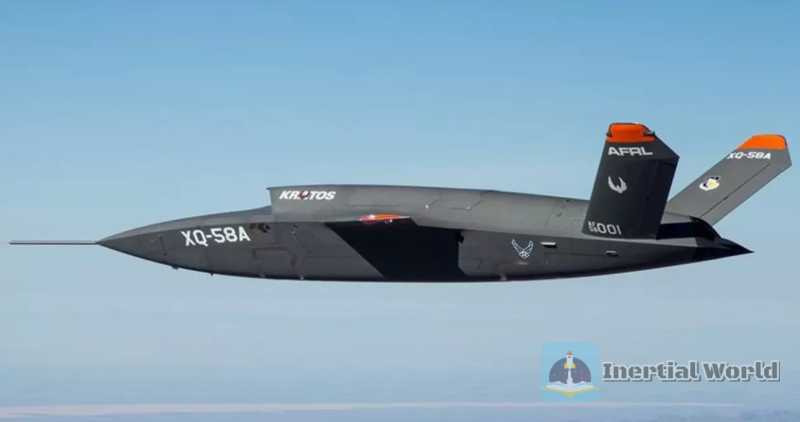
Parallel development of multiple projects
The U.S. Air Force has stated that three tasks are currently being carried out "in parallel" for CCA development: developing the platform itself, developing the software to run CCA, and organizing, training, equipping and supplying. The author believes that developing the platform itself, that is, the hardware of the airframe, is relatively easy and there are already multiple ready-made solutions. Previously, at the 2022 Air Force Association, which celebrated the 75th anniversary of the founding of the U.S. Air Force, several CCA aircraft models were displayed, including General Atomics’ "Gambit" drone, Kratos’ "Demigorgon" drone and XQ-58A drone, Boeing’s MQ-28A drone, and Blue Army Technology’s "Fury" drone. In September 2022, General Atomics Aeronautical Systems released a concept map of the "Gambit" series of drones, aiming to become a strong competitor for the CCA project due to its high versatility, good configurability, and low overall cost.
As for the five companies participating in the CCA project announced in January this year, they should refer to the first batch of hardware contractors. Other participants are not eliminated. They are likely to undergo a second round of screening or continue to be optimized as alternatives. As for the software that CCA relies more on, it should be the top priority of the project. At present, the U.S. Air Force has several related test projects underway, which will provide a lot of data analysis for CCA tests. These projects include: "Skyborg" project-an autonomous drone developed based on the XQ-58 drone led by the U.S. Air Force Research Laboratory; "Viper" project-exploring the use of six F-16 fighter jets conduct manned-unmanned collaborative combat models; and the X-62A VISTA project - modifying an F-16 fighter jet to explore the maneuvers and tactics of autonomous aircraft, capable of simulating the behavior of various preset aircraft.
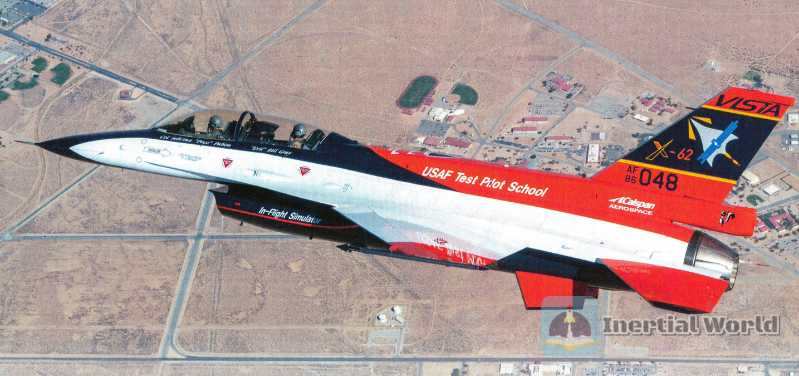
"Skyborg" is one of the pioneering projects focused on by the US Air Force Research Laboratory. It aims to integrate drone autonomous technology with an open mission architecture to form an AI-driven "brain" that can be applied to "unmanned wingmen" and fully autonomous unmanned fighter jets, thereby achieving efficient combat of manned/unmanned aircraft formations. The project seeks to provide a set of technical prototype kits to make autonomous drones more mission-adaptable.
The "Skyborg" project prioritizes "openness", "elasticity" and "autonomy". "Open" means that its intelligent kit can be flexibly transplanted to other types of drones as their "intelligent hub". According to the US Air Force, the system may also be used in manned fighters in the future to serve as the "co-pilot" of the aircraft, improving the decision-making ability and reaction speed of the entire air combat system.
"Flexibility" focuses on the ability of the system to work normally in a GPS interference environment to ensure its own reliable positioning, navigation and timing (PNT) capabilities. "Autonomy" is expected to enable unmanned wingmen to independently complete a series of tasks, from simple takeoff/landing to more complex tasks, including dynamic independent decision-making based on various situational factors or predetermined combat objectives. UAVs equipped with this system can work in conjunction with manned aircraft as loyal wingmen, or they can independently complete tasks as fully autonomous fighters.
The second "Viper" project is to test the effect of installing automatic flight software on the F-16 variable stabilizer, which will provide a "flying autonomous test bed" for the development of CCA. The plan will reduce the risk of CCA by testing and demonstrating autonomous reference architectures and autonomous skills on manned aircraft. Before transitioning to CCA, project management and testing support will be provided for mature autonomous architectures and software. In addition, in order to promote the development of CCA, the US Air Force has vigorously developed modeling and simulation tools to study the ability of drones to cooperate with manned aircraft and to fight alone; develop next-generation autonomous technologies to respond to electronic attacks and "predict" behavior when operating in communication interruption degradation or intermittent environments; test artificial intelligence and autonomous technologies, including using modified F-16 variable stabilizers to test new technologies.
The essence of competition behind CCA
In the past, intelligence personnel could judge the air superiority capability of a fighter based on its technical indicators or even its aerodynamic configuration alone, but it was difficult for them to judge the overall potential combat power of a single CCA platform based on its technical indicators and appearance. This is because the key combat power of CCA lies in AI empowerment, and the three factors that determine the level of AI capability are algorithms, computing power and data, which are all difficult to quantify.
Algorithms are a set of clear instructions written by software developers to enable computers to perform tasks. On April 26, 2017, the U.S. Department of Defense officially established the Algorithm Warfare Cross-Functional Group, marking that the concept of algorithm warfare was officially recognized by the U.S. military; computing power is basically determined by the performance of chips and servers. To give the simplest example, the A1 large model such as ChatGPT, which was the most popular last year, is supported by computing power. Data is determined by factors such as the smoothness of network connection, network speed and the integrity of the database. The relationship between the three is that if AI is compared to a person, then the algorithm is its IQ, computing power is its brain organization data is the "signal" provided by the outside world, and the existence and operation of the three constitute a perfect closed loop.
The essence of the Gulf War is chips, the essence of the Russia-Ukraine War is the network, and the essence of future wars will be AI, but chips and networks are equally important. The military competition between China and the United States is no longer a simple competition between the military and military industry, but a comprehensive competition in almost all military and civilian dual-use technology fields represented by artificial intelligence technology. The essence is a competition of innovation capabilities of high-tech industries and talents.
Using the Wassenaar Arrangement as a weapon, the United States has tried its best to obstruct the development of many Chinese companies, just to take the initiative in the field of military and civilian dual-use technology. According to a report by the Wall Street Journal on February 1, the US Department of Commerce has banned TuSimple, a self-driving truck company (a Chinese startup listed on NASDAQ), from shipping 24 Nvidia A100 GPUs to its Australian subsidiary. Since October 2022, the United States has begun to restrict the export of high-performance computing chips such as Nvidia A100/H100 to China. Although Nvidia subsequently launched A800 and H800 specifically for China, in October 2023, the United States further upgraded the rules to restrict the export of more chips that can be used for AI training to China. Even Nvidia’s high-end gaming graphics card RTX 4090 is restricted.
Summary
For many years, through the United States’ cliques in international affairs and the innovative achievements of technology companies such as Apple, Nvidia, OpenAl and SpaceX, we have seen the "nature" of Americans in diplomacy, technology and other fields, that is, to be the "leader" in formulating rules and establishing industry ecology in major areas related to the lifeline of human development. In the military field, the F-22 fighter has formulated the 4S technical standards for the fifth-generation aircraft, and CCA is also building a transformative air combat ecology for future air combat.
In this era, there are multiple perspectives. Perhaps some people are still stuck in the grand scenes of the mechanized warfare era, but the reality is that information warfare will soon evolve into intelligent warfare. CCA will prompt each major military power to build its own unmanned system "forest", which will be the new focus of the future arms race. Once the future war is staged with the fight between the unmanned system "forest", the scale and significance of the existence of human soldiers and manned combat platforms will become insignificant.


